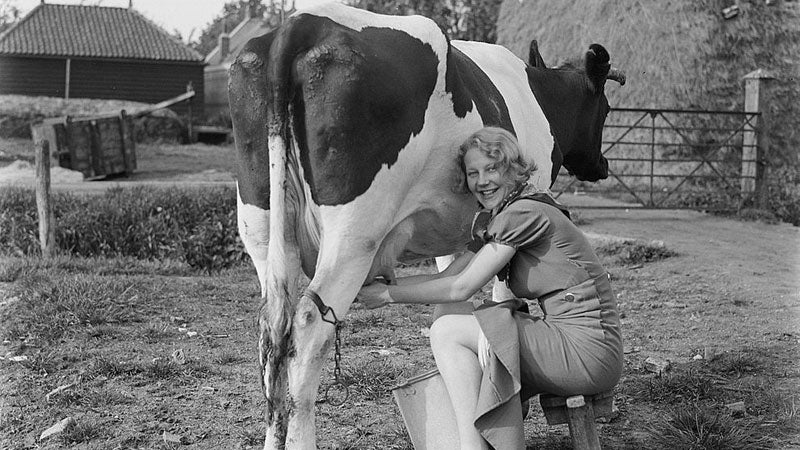EVERY YEAR, NEW RESEARCH ratchets up doubt about the health benefits of milk, including a 2012 study linking dairy consumption to Type 1 diabetes. Even more troubling: the estimates that some 50 million Americans are lactose intolerant, a condition that causes everything from minor bloating and cramps to inflammatory bowel disease—and helps explain the booming market for nondairy alternatives. Last year, soy and almond milk brought in nearly $1 billion in combined sales, a 30 percent increase since 2010. But not all milks are created equal, and many are low in calcium and protein. Here’s how the most popular alternatives compare.
MAKE YOUR OWN: Hemp Milk
Ingredients:
½ cup shelled hemp seeds
4 cups water
3 tablespoons sweetener
1½ teaspoons vanilla extract
Instructions:
Combine all -ingredients and blend until frothy. Strain through cheesecloth.
Keeps for three
to five days in
the refrigerator.
��
THE ORIGINAL
��
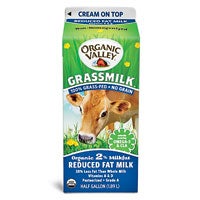
COW
COST PER SERVING* $1.25
CALORIES 130
PROTIEN 10 g
CALCIUM 35 percent of RDA
PROS A prime source of calcium, potassium, and vitamin D, all of which your body needs.
CONS Doesn’t have the right ratio of carbs to protein for optimal recovery; some studies suggest milk protein could -actually contribute to bone loss.
THE BEST ALTERNATIVES
��
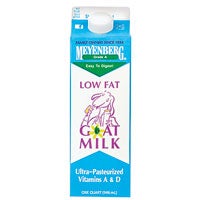
GOAT
COST PER SERVING* $1.35
CALORIES 142
PROTIEN 8.4 g
CALCIUM 30 percent
PROS Calcium and protein content are comparable to cow’s milk, but it’s easier to digest, thanks to lower levels of lactose; the best alternative to cow’s milk.
CONS Expensive; higher in fat; can be hard to find (get it fresh at your local farmers’ market); some find the taste, like feta cheese, a little off–putting.
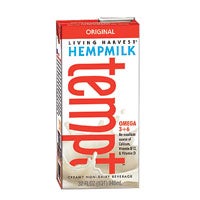
HEMP
COST PER SERVING* $1.25
CALORIES 100
PROTIEN 2 g
CALCIUM 30 percent
PROS Abundant in -omega-3 fatty -acids, magnesium, beta-carotene, and iron; has all essential amino acids; the best nondairy -alternative to cow’s milk.
CONS Omega-3’s sourced from hemp are not as readily absorbed as those from other sources like salmon; taste is harsh for some.
THE BIGGEST SELLERS
��
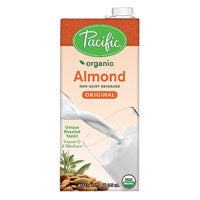
ALMOND
COST PER SERVING* $1
CALORIES 60
PROTIEN 1 g
CALCIUM 2 percent
PROS High in vitamin E, low in cholesterol, no saturated fats.
CONS Unless -fortified, low in both protein and calcium; off-limits to people with nut allergies.
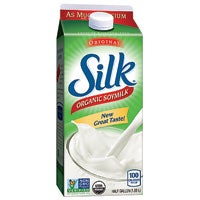
SOY
COST PER SERVING* $1.25
CALORIES 100
PROTIEN 7 g
CALCIUM 30 percent
PROS Nearly as much protein per cup as cow’s milk but significantly lower in saturated fat (0.5 grams versus 3 grams).
CONS Low in leucine, so the body doesn’t absorb the protein as easily; phyto-estrogen in the milk may lower testosterone.
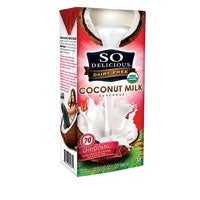
COCONUT
COST PER SERVING* $1
CALORIES 70
PROTIEN 0 g
CALCIUM 10 percent
PROS Medium-chain -fatty acids (MCFAs) are thought to increase metabolism; lower in sugar, which helps prevent insulin spikes.
CONS No protein, and studies have shown an increase in cholesterol among those who consumed a diet high in MCFAs; contains fortified calcium, which absorbs poorly.
*SERVING SIZE: EIGHT OUNCES


